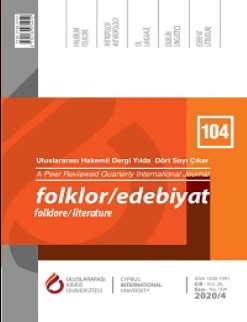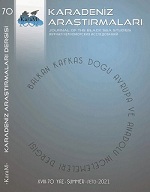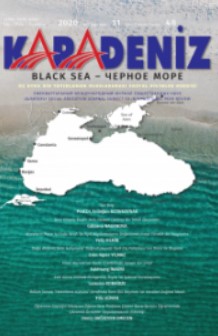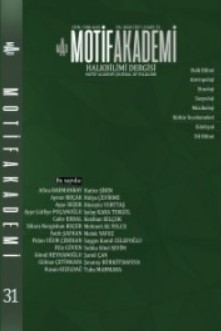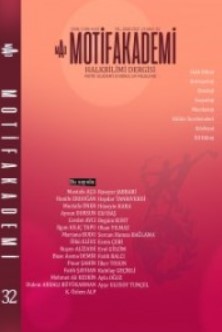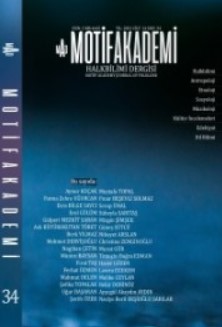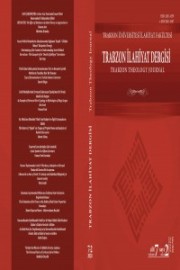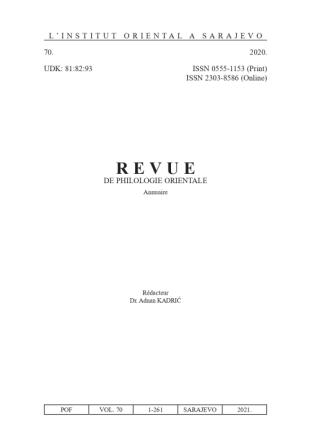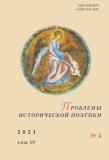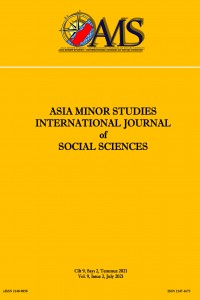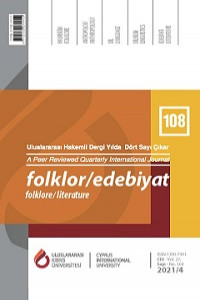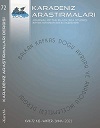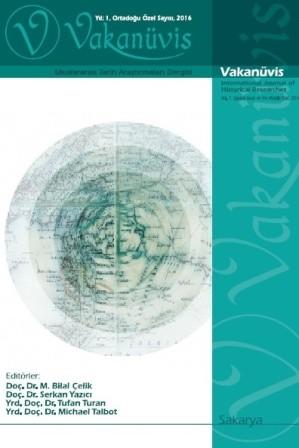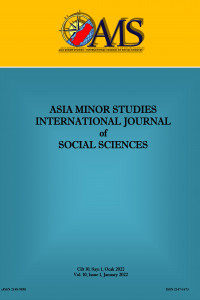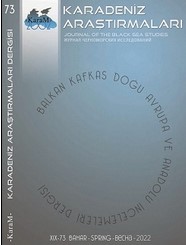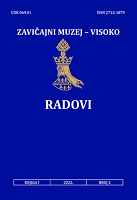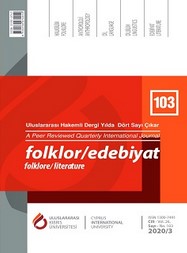
Türk Kültürü Sözlü Şiir Geleneğinde Ekolojik Boyut: Derin Ekoloji Yaklaşımı Bağlamında Eko-Eleştirel Çözümleme
In this article, the ecological dimension is discussed in the selected Turkish oral poetry samples. The framework of our study is to evolve the concept of ecology consisting of the terms “oikos/home” and “logia/science”, which means “the science of home/being at home”, to the meaning content that covers the entire natural and cultural environment in which people live. In this context, considering the human being at home and being on earth, trying to determine the extent to which the reflections, beliefs, and approaches about “being in the world/nature” that we think include the folk songs as the type of oral poetry constitute the main purpose of the article. In this context, the ecological functional dimension of the folk songs, which constitute an aesthetic and communicative aspect of the Turkish folk culture, is evaluated within the framework of the functional theories of folklore and interpreted in light of the views of deep ecology approach. Exemplary folk songs and minstrel (ashik) poetry which are thought to contain nature-related themes used as data for the study were selected through literature review. While the interpretation scheme is established by utilizing the ethnomusicological point of view in terms of evaluating music in a cultural context, deep ecology approach determines the conceptual framework of eco-critical evaluation.
More...
